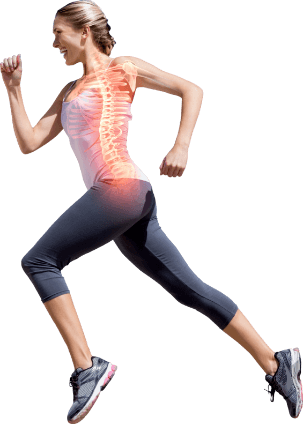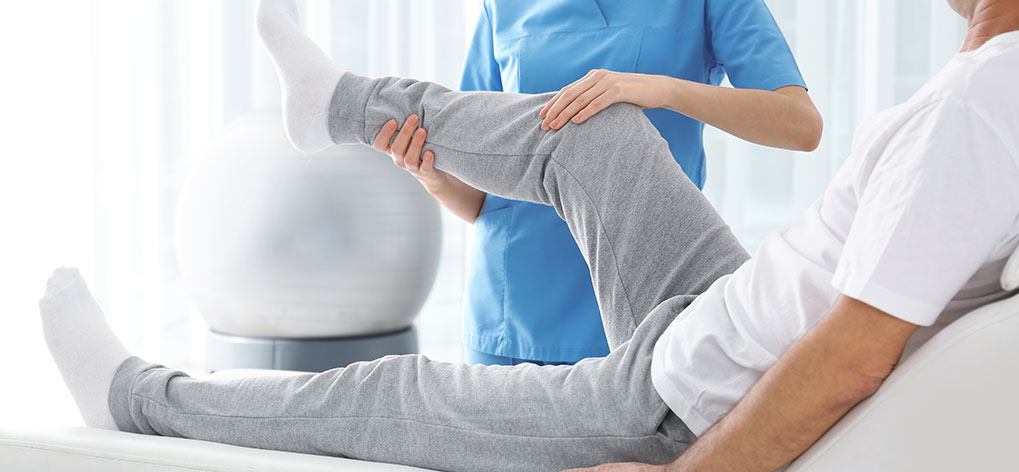What is Manual Therapy?
Manual Therapy is any “hands-on” treatment provided by the Physiotherapist. Treatment may include moving joints in specific directions and at different speeds to regain movement (joint mobilization and manipulation), muscle stretching, passive movements of the affected body part, or having the patient move the body part against the therapist’s resistance to improve muscle activation and timing. Selected specific soft tissue techniques may also be used to improve the mobility and function of tissue and muscles.
Manual Therapy at Head2Toe
Manual therapy is the cornerstone of Physiotherapy treatment at Head2Toe. Head2Toe physiotherapists pride themselves on their excellent hands-on treatment skills, as a means to help your body restore its correct movement patterns and to assist in the recovery of function and the resolution of pain.
info@head2toe.com.au
03 9326 0168












